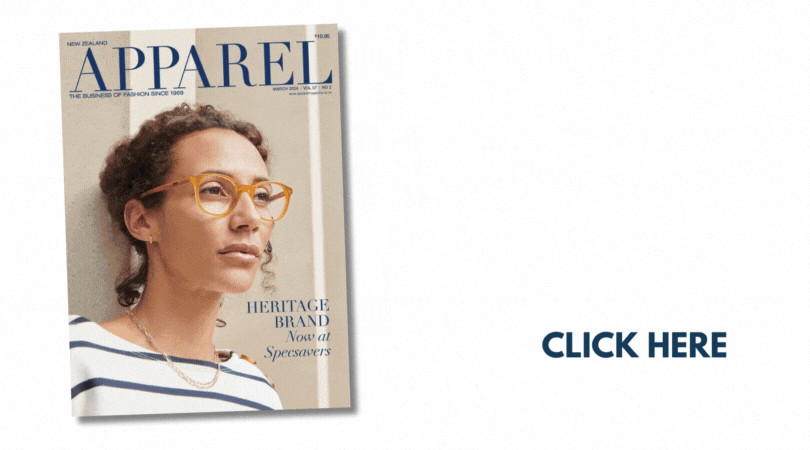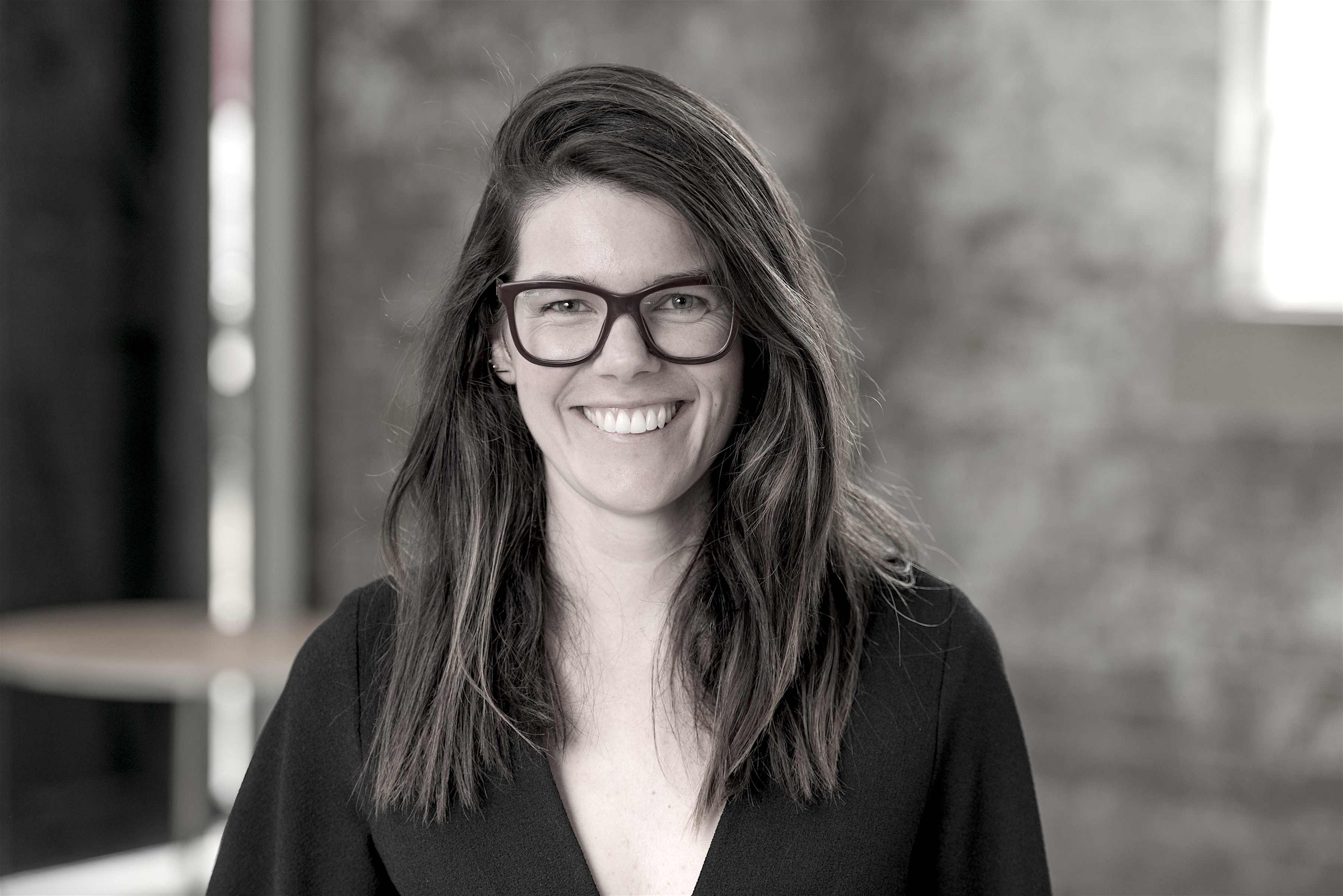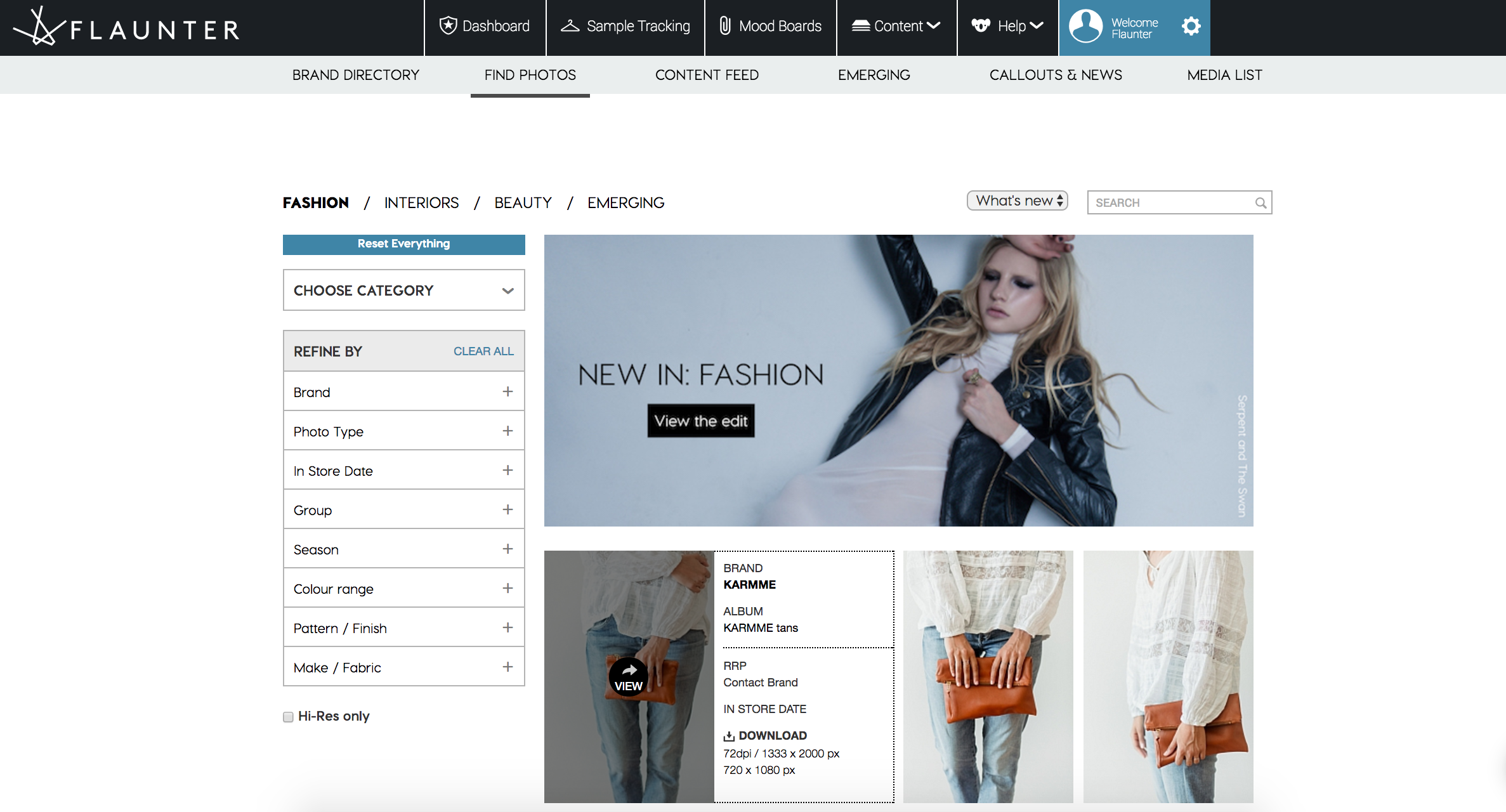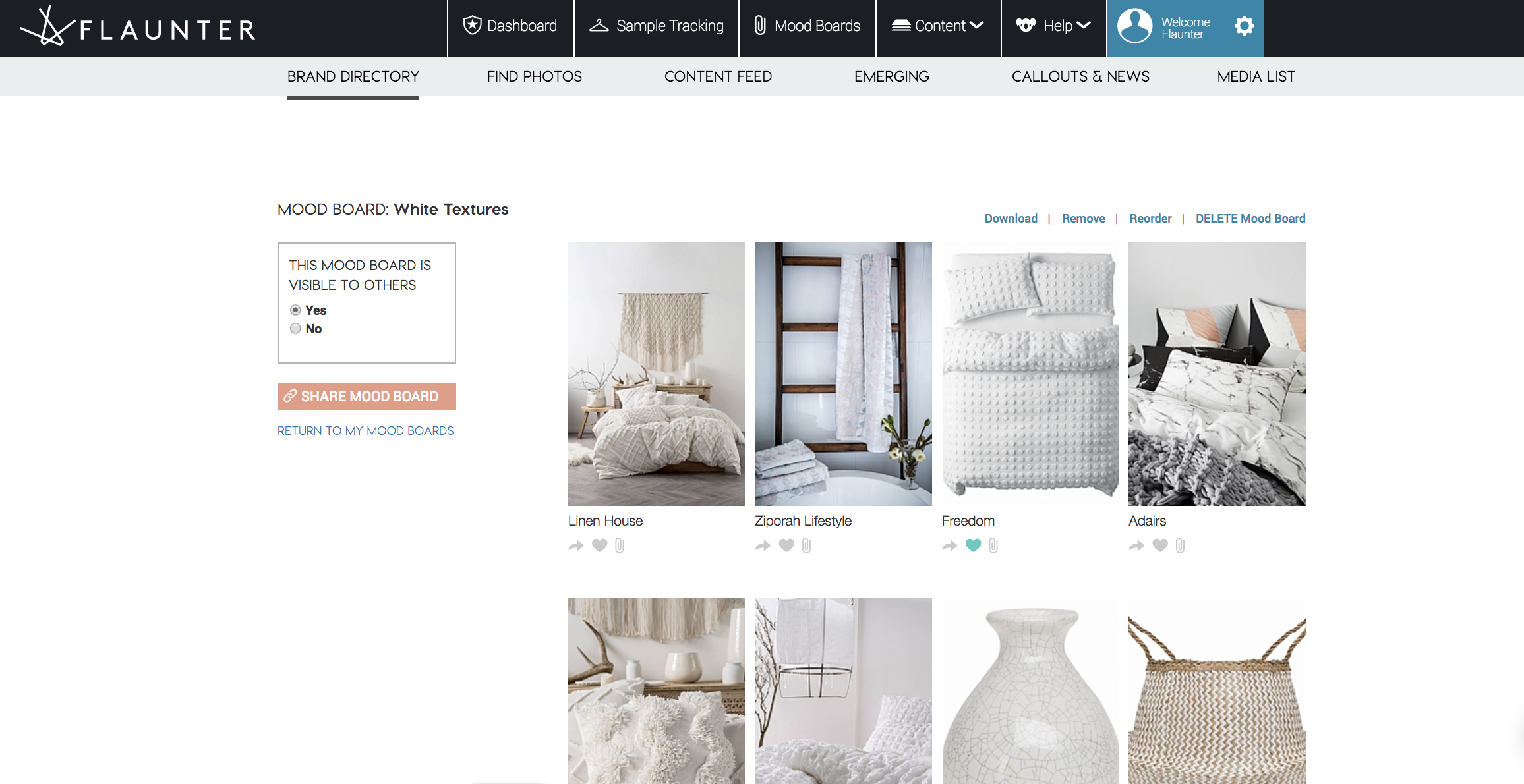Gaby Howard grew up in Surry Hills, Sydney with her two younger twin sisters. Her father is an architect, and her mother is a Mothercraft nurse. Married to a civil engineer, Howard’s husband thinks in numbers while she thinks in words, and together they have a three-year-old son. Her biggest influence growing up was her mother, father, and paternal grandmother. Juggling three children and a full-time job, Howard said she has no idea how her mother had time to fulfil her creative passions. “I honestly don’t know how she made it all work,” she said. Her father has an incredible work ethic and shares Howard’s passion for learning. “I was an incredibly headstrong and independent person growing up, and they were always supportive, trusting and generous. I had an unbelievable amount of freedom to explore the world.”
Howard’s grandmother on her father’s side passed away over ten years ago but was another driving force behind her childhood. “She was amazing and also sometimes hard, with very high expectations. She wanted nothing but the very best for me. I still think of her often and know she’d be proud,” she said.
Howard always loved learning, from every year at school and university to now with her current role. “I was and am always the person asking ‘WHY?’ I used to get to school at least an hour early every day. I love reading, movies, theatre; basically, burying myself in other people’s stories. I also always loved fashion,” she explained. Howard got her first job at 14 so she could buy clothes. When she was 21-years-old, she lived in France for a year with her best friend and spent herself broke on a pair of Chanel ballet flats. “Lucky my friend was a saver and not a spender,” she added. Communications was her first degree which she completed at the University of Technology in Sydney and then went back to university seven years later to do a Masters of Teaching at Sydney University. Although she never became a teacher, Howard said she needed a change and wanted to learn more, and that was the deciding factor on why she went back to university. “That experience actually confirmed for me that PR had been the right choice after all.”
Now 34-years-old and 15 years of PR experience under her belt, Howard is the founder and CEO of Flaunter. Flaunter first opened in October 2015 and was the culmination of a long journey. She had become increasingly frustrated by the difficulty of sharing brand imagery and content with media, retailer, blogger, and influencer networks. Visual content had become a powerful way for brands to express value, build trust, establish quality and most importantly, tell their stories.
“Traditionally all these incredible and useful assets lived in the dark corners of the emails and hard drives of publicists [me], marketers, photographers and brand owners. There was absolutely no way for media to access images, and associated credit details, on-demand in order to satisfy their ever-shrinking lead times. On the flip side, when brands and PR are distributed their images they had no visibility and analytics on who downloaded their content and how it was used. Our mission is to make it easier for brands to reach new audiences by connecting their content with the best storytellers around the world.”
Flaunter was created to give media instant access to brands and their content for easy distribution and publishing. Brands like Freedom Furniture, Adairs, SunnyLife, and Linen House use Flaunter to organise their high-resolution content into an easy-to-access system for media to find and utilise. Hundreds of emerging brands use Flaunter to help them look and act like big businesses. Flaunter also manages brands’ physical assets, such as samples.
Brands benefit from using Flaunter because it helps their PR and sales teams communicate and sell better as well as creating stronger connections with media. Brands have access to their data as well so they can learn and grow.
For media, Flaunter simplifies the way all publishers and storytellers access brand imagery and content. It also allows media to create stronger connections directly with brands. Flaunter empowers journalists to have full editorial control and doesn’t restrict editorials because of how easy it is to access the free content on demand to meet deadlines and budgets.
Many brands also use Flaunter to make their imagery available to not only traditional media and publishers, but also to wholesale and retail clients. They use this imagery to make purchasing decisions and promote the brands they stock in-store.
Media registration is free, and they can download an unlimited amount of content for editorial use. However, for brands, there is a monthly subscription fee which ranges from $99 to $899. Currently, there are over 250 brands and over 2,500 media (print, online, retailers, influencers) using the platform. The brands seen on Flaunter aren’t just in the interior industry; there’s also fashion and beauty. “We launched in Australia, so our market is biggest here, but we’ve seen an amazing amount of growth in NZ. We have media users from all over the world, and many of our brands use Flaunter to distribute their content globally,” Howard explained.
Brands need to apply to be added to the network. This is not because of the size of the business, but the quality of content. “Some of our smallest brands produce some of the most exceptional imagery and on very tight budgets. It’s really cool to see. We also work with international PR agencies and big brands, who have thousands of pictures to manage. These clients are experts at what they do, and look to Flaunter to help them deliver results more effectively, seamlessly and transparently.”
Howard said there are many ways the industry has evolved dramatically over the past 20 years. The main one being the exponential growth of content produced by brands, in particular, visual content. “Other than in face-to-face communication, we used to talk primarily in words. Now, more and more, from GIFs to emoji, selfies to memes and live video, we talk in pictures,” she said. In Flaunter’s infancy, the key messages were ‘image is everything’ and ‘the future of communications is visual and digital’. Howard said the long-term trend this feeds into is the rise and eventual global dominance of visual culture. Beyond the production and storage of this visual content, is the growing importance of helping industries classify, uncover and distribute visual information and that’s where Flaunter steps in. The next move for Flaunter is to launch into the US and UK markets. “With a large global problem to solve, we’re only just getting started.”








